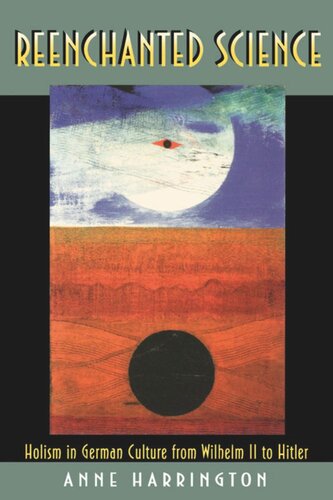

Most ebook files are in PDF format, so you can easily read them using various software such as Foxit Reader or directly on the Google Chrome browser.
Some ebook files are released by publishers in other formats such as .awz, .mobi, .epub, .fb2, etc. You may need to install specific software to read these formats on mobile/PC, such as Calibre.
Please read the tutorial at this link: https://ebookbell.com/faq
We offer FREE conversion to the popular formats you request; however, this may take some time. Therefore, right after payment, please email us, and we will try to provide the service as quickly as possible.
For some exceptional file formats or broken links (if any), please refrain from opening any disputes. Instead, email us first, and we will try to assist within a maximum of 6 hours.
EbookBell Team

0.0
0 reviewsBy the 1920s in Central Europe, it had become a truism among intellectuals that natural science had "disenchanted" the world, and in particular had reduced humans to mere mechanisms, devoid of higher purpose. But could a new science of "wholeness" heal what the old science of the "machine" had wrought? Some contemporary scientists thought it could. These years saw the spread of a new, "holistic" science designed to nourish the heart as well as the head, to "reenchant" even as it explained. Critics since have linked this holism to a German irrationalism that is supposed to have paved the way to Nazism. In a penetrating analysis of this science, Anne Harrington shows that in fact the story of holism in Germany is a politically heterogeneous story with multiple endings. Its alliances with Nazism were not inevitable, but resulted from reorganizational processes that ultimately brought commitments to wholeness and race, healing and death into a common framework.
Before 1933, holistic science was a uniquely authoritative voice in cultural debates on the costs of modernization. It attracted not only scientists with Nazi sympathies but also moderates and leftists, some of whom left enduring humanistic legacies. Neither a "reduction" of science to its politics, nor a vision in which the sociocultural environment is a backdrop to the "internal" work of science, this story instead emphasizes how metaphor and imagery allow science to engage "real" phenomena of the laboratory in ways that are richly generative of human meanings and porous to the social and political imperatives of the hour.